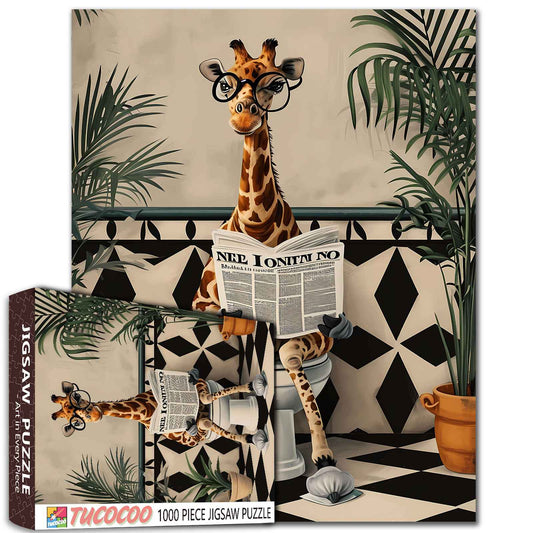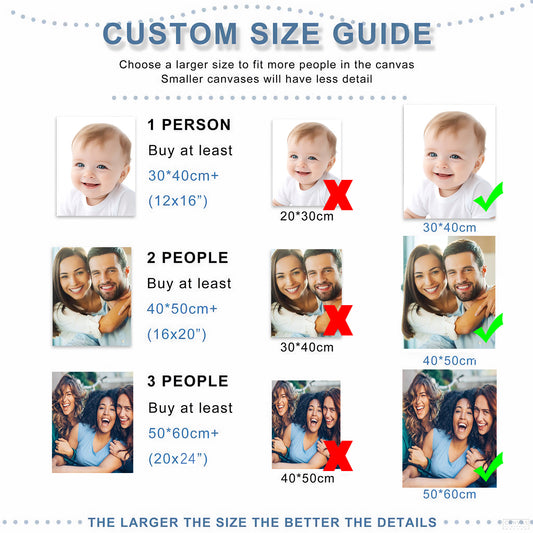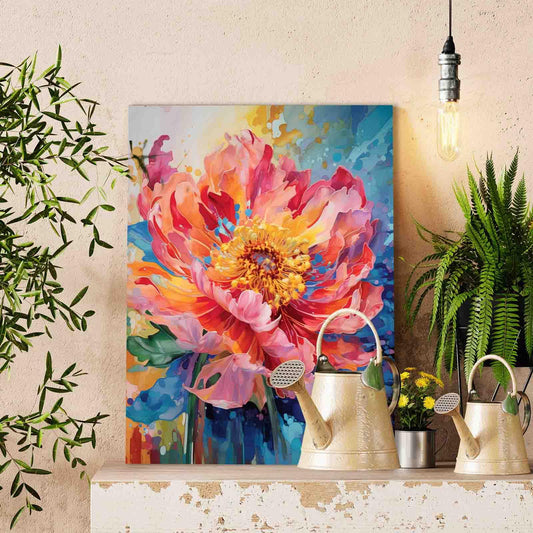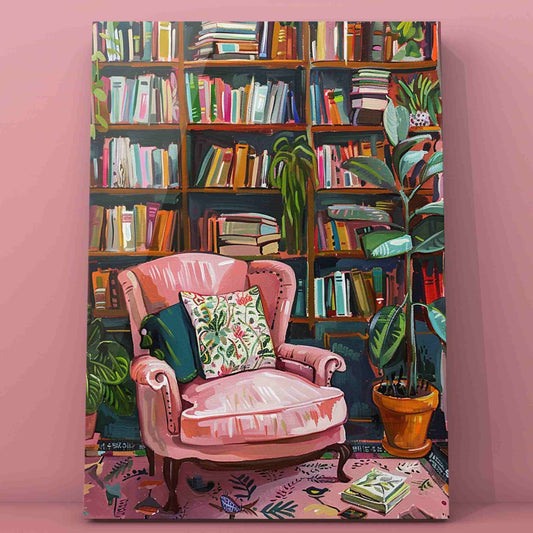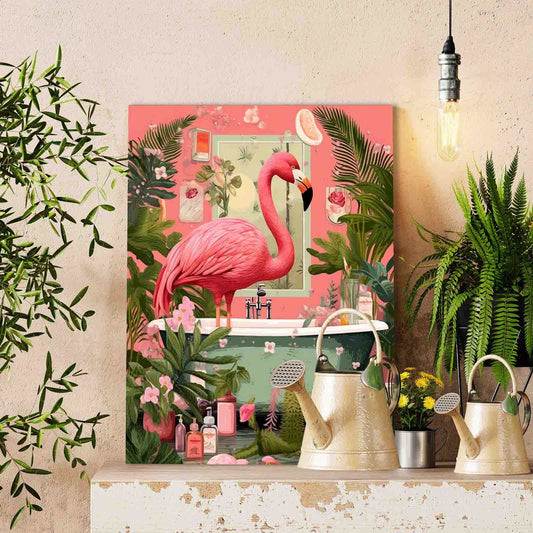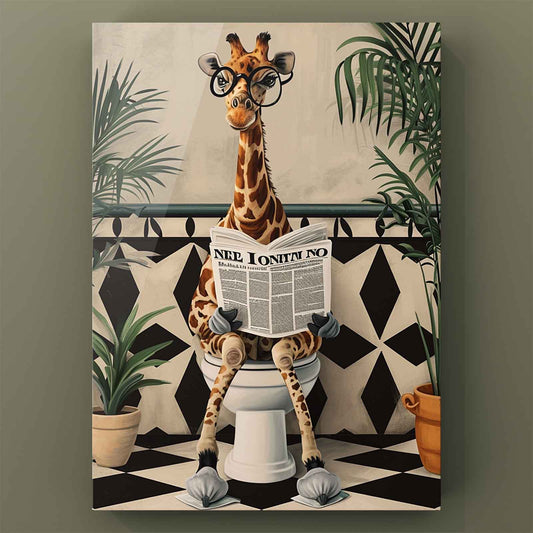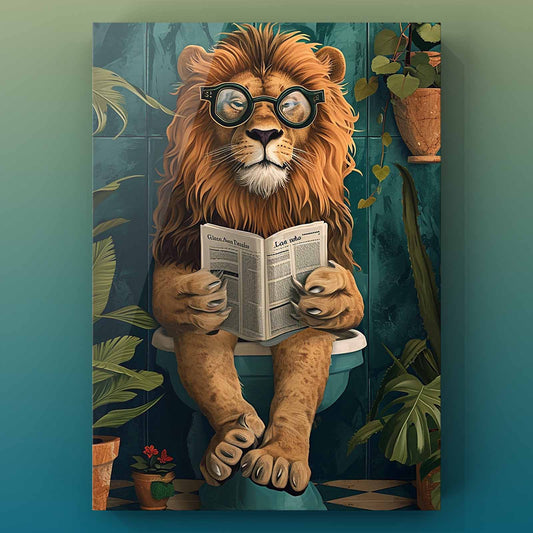
How Beginners Can Master 1000 Piece Puzzles
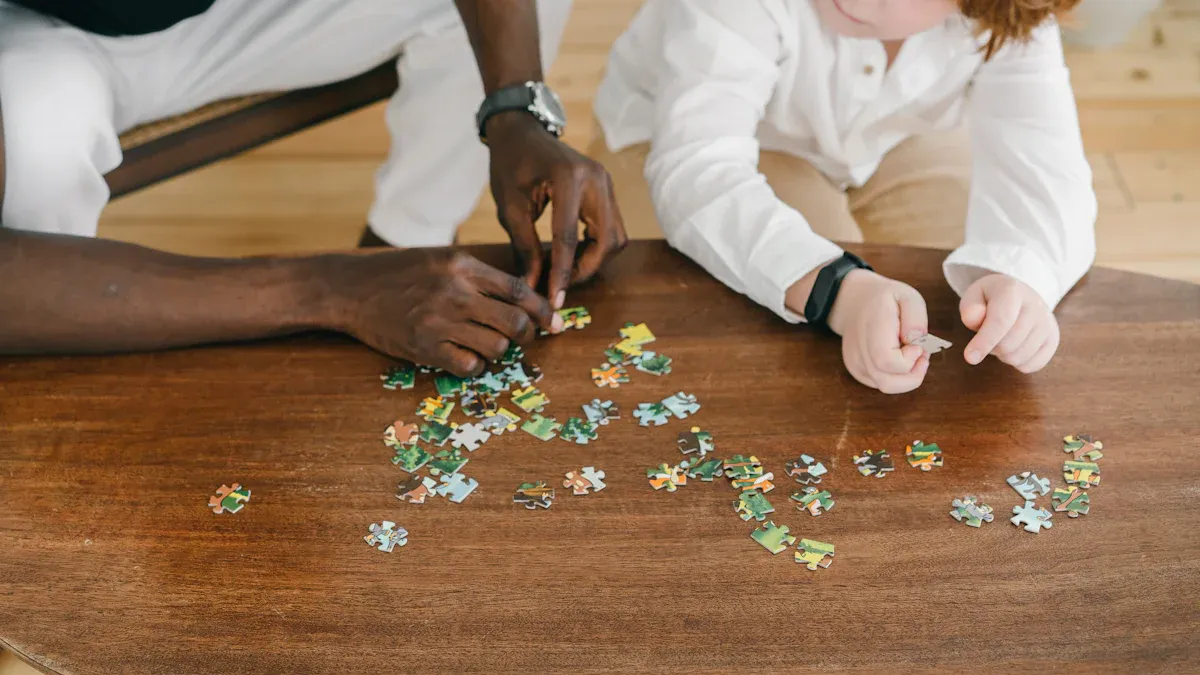
Solving puzzles jigsaw 1000 pieces isn’t just entertaining—it’s great for your brain too. With every piece, you’ll develop patience, sharpen your focus, and enhance your problem-solving skills. Research shows that working on puzzles improves memory, cognitive thinking, and visual abilities. For instance, regularly solving puzzles jigsaw 1000 pieces can boost your attention span and visual perception, helping you tackle everyday challenges more effectively.
Did you know that puzzles jigsaw 1000 pieces can help keep your brain youthful? Engaging in puzzles over the years strengthens your mind as you grow older.
If you’re ready to take on a 1,000-piece puzzle, this guide will walk you through it. It’ll make the experience enjoyable and help you build confidence along the way.
Key Takeaways
Pick a strong, big table to stay comfy and organized.
Group puzzle pieces by color and design to find them faster.
Pause often to rest your brain and stay focused longer.
Getting Ready for 1000 Piece Jigsaw Puzzles

Pick the Best Puzzle Table
The right table makes puzzles easier to solve. It should be strong, big, and keep pieces safe. Look for these features:
Feature |
What It Does |
|---|---|
Adjustable Height |
Lets you sit comfortably while working on your puzzle. |
Non-Slip Surface |
A felt top stops pieces from sliding off the table. |
Storage Drawers |
Helps you sort and store pieces neatly without making a mess. |
Protective Cover |
Keeps your puzzle safe from dust, spills, or pets with a clear cover. |
Multi-Purpose Use |
Some tables can also be used as desks or craft tables. |
A table like this keeps you comfy and organized, making puzzles more fun to solve.
Collect Tools to Stay Organized
Being organized helps with big puzzles. Before starting, gather tools to sort and manage pieces. Here’s what you’ll need:
Use trays or shallow boxes to group pieces by color or shape.
Keep a small bowl nearby for tiny edge pieces that might get lost.
Get a sorting mat to move puzzle sections without messing them up.
These tools save time and make solving tricky puzzles less stressful.
Create a Cozy Puzzle Spot
Your workspace should help you focus and enjoy the puzzle. A good setup makes a big difference:
Pick a quiet place with few distractions.
Use bright lights to see small color details on pieces.
Sit in a comfy chair that supports your back.
Keep your area clean so you don’t lose pieces.
A neat, well-lit space keeps you focused and excited to finish your 1000 piece puzzle.
Getting Started with 1000 Piece Puzzles
Starting a 1,000 piece puzzle can feel overwhelming, but breaking it into smaller steps makes it manageable and fun. Here’s how you can dive in and set yourself up for success.
Sort Pieces by Color and Pattern
Before you start assembling, take time to sort the pieces. This step helps you create smaller, more manageable tasks. Begin by grouping pieces by colors and patterns. For example, gather all the blue pieces for the sky or the green ones for grass. If your puzzle has distinct textures, like wood or stone, separate those too.
Using trays or shallow boxes can make sorting easier. You’ll quickly spot the pieces you need without digging through a pile. Sorting might seem tedious, but it saves time later and makes the process smoother.
Tip: Sorting is also a great way to familiarize yourself with the puzzle. As you handle each piece, you’ll start noticing patterns and shapes that will help you later.
Separate and Assemble Edge Pieces
Once you’ve sorted by color and pattern, focus on the edge pieces. These pieces are easy to identify because they have at least one straight side. Set aside the four corner pieces as well—they’ll anchor your puzzle’s framework.
Assembling the edges first gives you a clear boundary to work within. It’s like building the foundation of a house before adding the walls and roof. Plus, seeing the puzzle’s size and shape can help you plan your next steps.
Pro Tip: If you’re struggling to find all the edge pieces, double-check your sorted piles. Sometimes, edge pieces can sneak into the wrong group!
Build the Puzzle’s Border First
Now that you’ve separated the edge pieces, it’s time to build the border. This step is one of the most satisfying parts of solving 1000 piece jigsaw puzzles. Start by connecting the corner pieces, then work your way around the edges.
Use the box image as a guide to match colors and patterns along the border. High-contrast areas, like bright colors or bold lines, are often easier to assemble first. Once the border is complete, you’ll have a sturdy framework to guide the rest of your puzzle.
Why it Works: Building the border first gives you a sense of accomplishment early on. It also helps you visualize where different sections of the puzzle will fit.
By following these steps, you’ll turn the daunting task of starting 1000 piece puzzles into an enjoyable and rewarding experience.
Strategies to Solve 1000 Piece Jigsaw Puzzles

Group Pieces by Similar Features
Sorting pieces with similar features is a smart way to solve 1000 piece puzzles. Start by finding pieces with the same colors, patterns, or textures. For example, gather all the blue pieces for the sky or green ones for grass. This method helps you focus on smaller parts instead of the whole puzzle, making it feel easier.
Tip: Look for special details like stripes, dots, or fades. These can help you group pieces and find matches faster.
Studies show that sorting similar pieces speeds up puzzle-solving. Pieces naturally stick together, forming clusters, much like magnets pulling toward each other. This process is similar to how puzzlers group pieces into smaller sections to make solving easier.
Observation |
What Happens |
|---|---|
Self-assembly |
Pieces group themselves into small clusters naturally. |
Grouping |
Clusters connect, forming a puzzle-like pattern. |
Result |
Small groups combine to create a larger, complete shape. |
By grouping pieces, you’ll save time and avoid frustration, making the puzzle more fun to solve.
Work on Small, Manageable Sections
Focusing on smaller sections makes solving puzzles much easier. Instead of working on the whole puzzle, pick one area to start with. For example, work on the sky first, then move to the trees, and finally the buildings. This keeps your attention on one part, helping you work faster and more accurately.
Research supports this idea. Studies show people can only focus on about seven things at once. By working on smaller sections, you make the task less stressful. Another study found that breaking big tasks into smaller ones reduces mistakes and improves focus by 30%.
Why It Works: Small sections are less overwhelming. You’ll see progress quickly, which keeps you motivated to keep going.
In one project, over 1,600 students split a giant puzzle into smaller parts. This method helped them finish the puzzle faster, proving that breaking puzzles into sections works well.
Use the Box Image as a Reference
The picture on the puzzle box is your best helper. Keep it close and check it often. It shows the finished puzzle, helping you match colors, patterns, and shapes. For example, if you’re working on flowers, the box image can guide you to where each piece belongs.
Experienced puzzlers always use the box image to solve puzzles faster. Every puzzle includes a reference picture because it’s so helpful. Using the box reduces guessing and keeps you on track.
Pro Tip: Stand the box up so you can see it while working. This saves time and helps you stay focused.
By using these tips—sorting pieces, working on sections, and checking the box image—you’ll be able to solve even the hardest 1000 piece puzzles with ease.
Staying Motivated While Solving a 1,000 Piece Puzzle

Take Breaks to Stay Fresh
Working on a 1,000 piece puzzle is fun but tiring. To stay focused, take short breaks often. Step away every hour for a few minutes. Stretch, eat a snack, or rest your eyes. These breaks help your brain relax and recharge.
Studies show breaks between 5-60 minutes improve focus. During breaks, your brain keeps working on the puzzle in the background. This helps you solve problems better when you return. Breaks also lower stress, so you feel refreshed and ready to continue.
Key Findings |
What It Means |
|---|---|
Short breaks improve focus and prevent feeling worn out. |
Helps you think clearly and stay productive. |
Your brain keeps learning during breaks by replaying memories. |
Strengthens your problem-solving skills. |
Breaks reduce stress and boost energy for better focus. |
Makes solving puzzles more enjoyable. |
Don’t feel bad about taking breaks—they’re important for success!
Celebrate Small Wins
Every piece you place is progress. Celebrate these little victories! Finished the edges? Give yourself a pat on the back. Solved a tricky part? Take a moment to enjoy it. Noticing your progress keeps you excited and motivated.
Set small goals, like finishing one section before dinner. Reward yourself when you reach these goals. Treat yourself to a snack or take a short walk. These rewards make solving a big puzzle feel easier and more fun.
Be Patient and Stay Positive
Patience is key when solving a 1,000 piece puzzle. It’s normal to feel stuck sometimes, but staying calm helps you think better. Remember, every piece you place gets you closer to finishing.
Being patient builds confidence and helps you avoid mistakes. Focus on enjoying the process instead of rushing. A positive attitude makes the puzzle more fun and keeps you motivated.
Patience helps you handle challenges without stress.
It keeps you focused on steady progress, not just finishing fast.
Enjoying the process helps you build good habits and succeed.
Take a deep breath, stay calm, and enjoy solving the puzzle. You can do it!
Completing and Preserving 1000 Piece Puzzles
Finish the Final Sections
You’re almost there! Finishing the last sections of your puzzle can feel both exciting and challenging. To make it easier, focus on one small area at a time. Study the puzzle box image and pick a section with distinct colors or patterns. Group the remaining pieces by color, texture, or shape, and start assembling small clusters. Once you’ve completed a section, place it on the board and connect it to the rest of the puzzle.
It’s often easier to work in smaller sections, especially as the puzzle nears completion. Some areas will naturally come together faster than others.
If you’re stuck, take a step back and look at the puzzle from a different angle. Sometimes, a fresh perspective can help you spot where a piece fits. With patience and focus, you’ll complete your 1000 piece puzzle in no time!
Preserve Your Puzzle with Glue or Frames
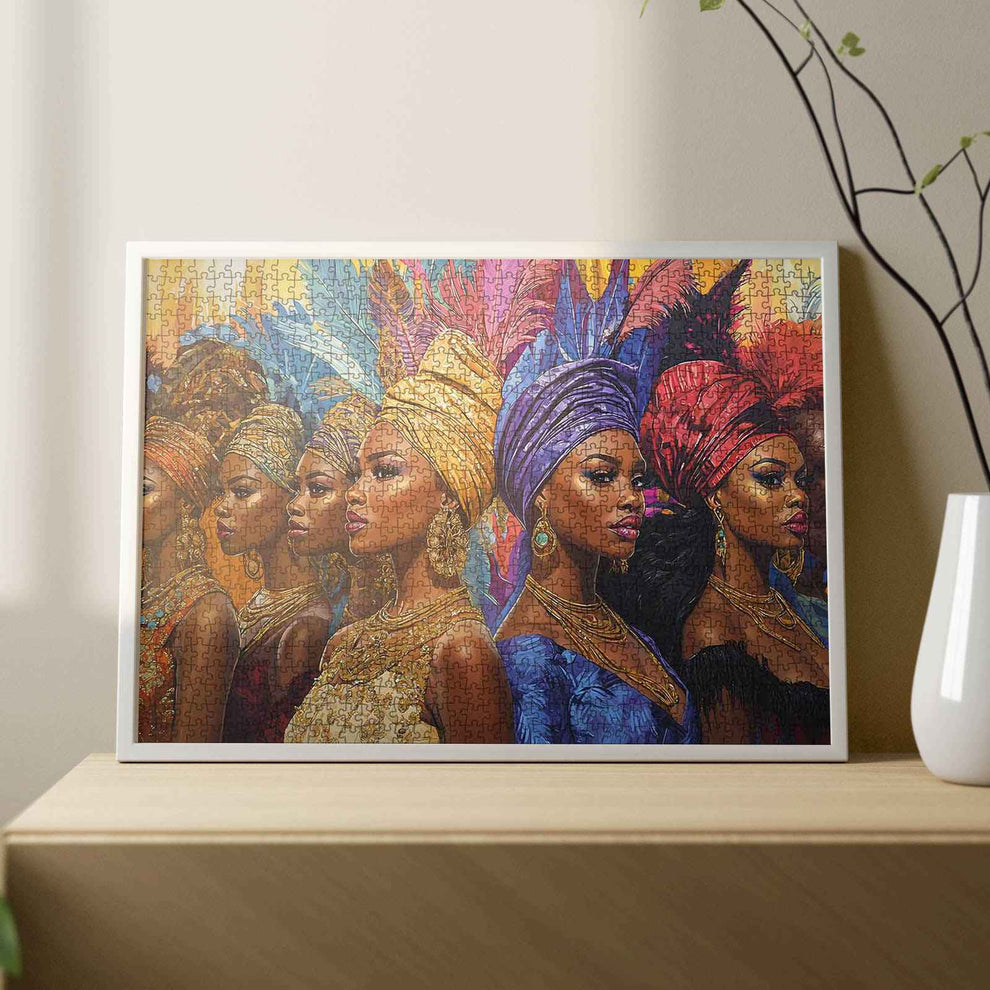
After all that hard work, you might want to preserve your masterpiece. Using glue or a frame is a great way to turn your jigsaw into a permanent display. Start by brushing a medium-thick layer of puzzle glue on the back to hold everything together. Once it’s dry, add two thin coats of glue to the front for a smooth, glossy finish.
For extra durability, secure the puzzle to a backer board to prevent warping. If you want a professional look, consider framing your puzzle. This not only protects it but also turns it into a piece of art you can proudly hang on your wall.
Pro Tip: For a super-tough finish, seal your puzzle with epoxy resin. It creates a high-gloss, durable surface that lasts for years.
Start a New Puzzle Challenge

Now that you’ve completed one puzzle, why not start another? Solving jigsaw puzzles regularly helps sharpen your problem-solving skills and builds persistence. Each new challenge teaches you to break down complex tasks into smaller, manageable steps.
Think of puzzles as more than just a hobby—they’re a way to train your brain while having fun. Whether you choose a scenic landscape or a quirky design, every new puzzle is an opportunity to improve your skills and enjoy the satisfaction of solving 1000 piece puzzles.
Remember, the joy of puzzling isn’t just in finishing—it’s in the journey.
Finishing a 1,000 piece puzzle isn’t just fun—it helps your brain grow. Experts say puzzles improve thinking, memory, and even your mood. Every puzzle you complete makes you better, so enjoy the process. Celebrate small successes and try harder puzzles to keep improving!

Tucocoo Jigsaw Puzzles
Did you know? Studies show puzzles boost creative thinking and problem-solving skills.
FAQ
What should I do if I lose a puzzle piece?
Don’t panic! Check under furniture, rugs, or nearby areas. If it’s truly gone, some companies offer replacement pieces for their jigsaw puzzles.
How long does it take to finish a 1,000-piece puzzle?
It depends on your pace. Beginners might take 10-20 hours spread over days. With practice, you’ll solve puzzles faster.
Can I solve a 1,000-piece puzzle without sorting the pieces?
Yes, but sorting makes it easier. Grouping pieces by color or pattern helps you focus on smaller sections and speeds up the process.



